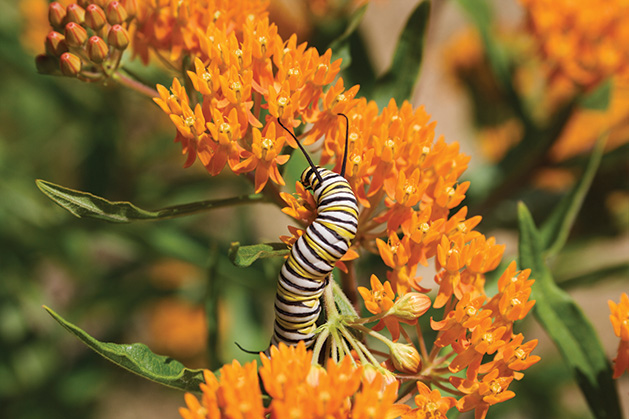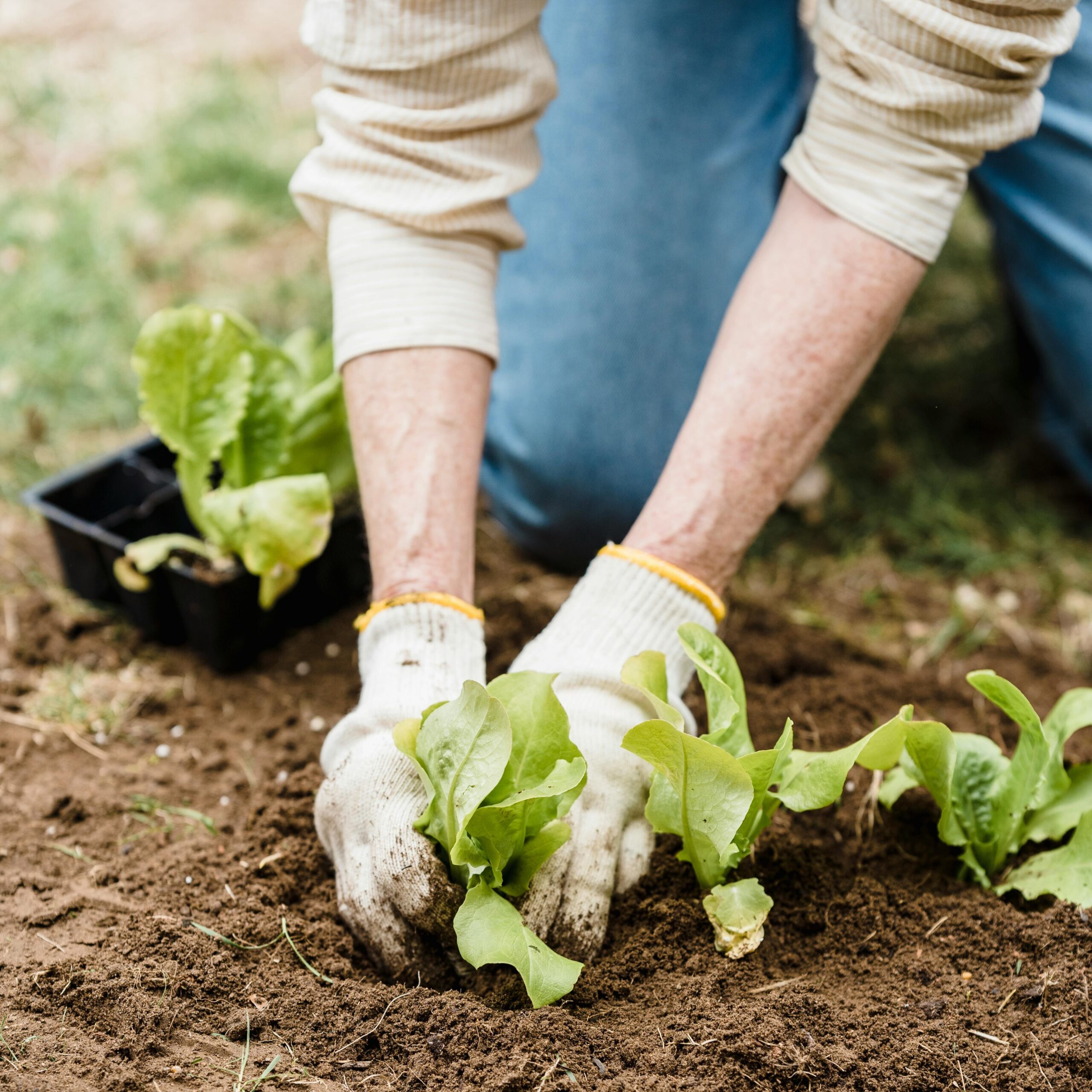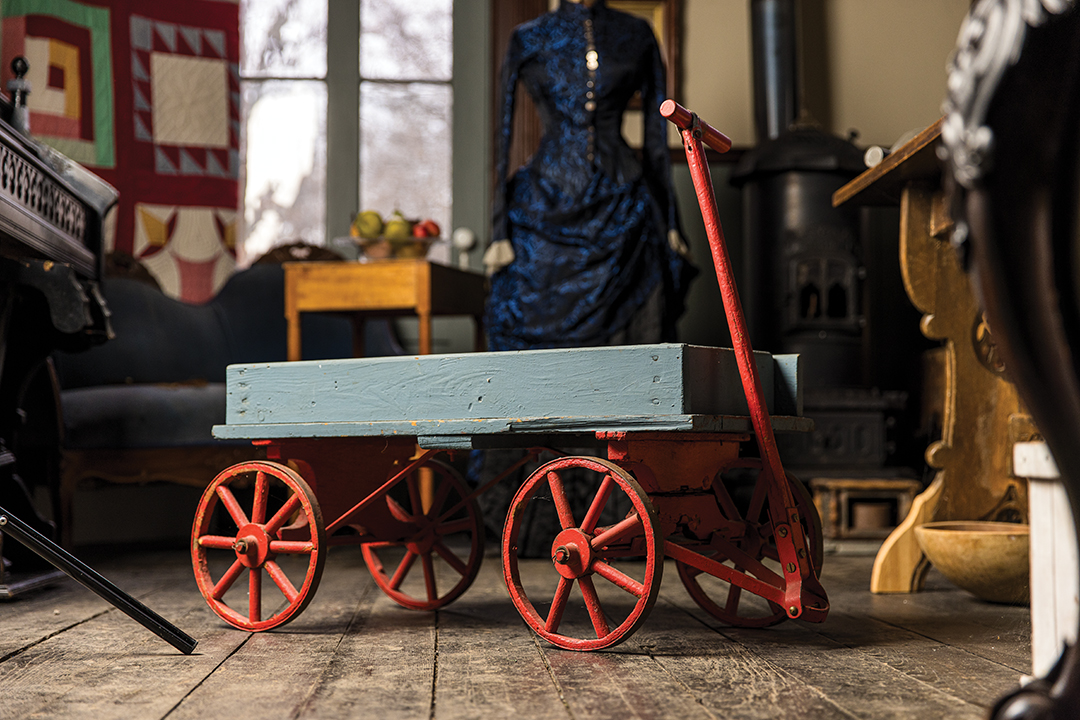
iStock/YinYang
Splendor awaits when we bear witness to nature.
In July, milkweed plants, with their rubbery leaves and unassuming sprays of flowers, offer a temporary kingdom for monarch caterpillars–white, black and yellow striped princes and princesses that later crown themselves and accomplish royal flights to warm winter weather in Mexico. But first, caterpillars will eat milkweed, lots and lots of it. When it seems they will burst, they bind their back ends to the safe underside of a leaf or eave where indeed they will burst. Their caterpillar costume literally splits down the back and falls off—legs and all—like a discarded robe. What remains is an elegant cocoon of pale emerald green, with a crown of golden beads. Truly, the gold band shimmers like 24 karats, and in another day four to six more gold spots appear near the bottom of the chrysalis. The flightless caterpillar-turned-pupa works silently and secretly for some two weeks in this beautiful green shroud to reengineer its body into a winged creature. Then the chrysalis turns dark, almost black, before the outside—almost magically—turns transparent to reveal a monarch-in-waiting with wings folded, white-spotted trim at the ready. I was lucky enough last summer to witness a monarch emerge from its crystal-clear chrysalis, pump fluid out from its thorax to unfurl its wings, and soon enough fly away. Amazingly, the gold crown remained on the discarded chrysalis, a dazzling memory of one of nature’s most astonishing transformations.
Anne Marie Ruff Grewal is a writer, editor and environmentalist whose second novel is Beneath the Same Heaven—a story of love and terrorism.






















